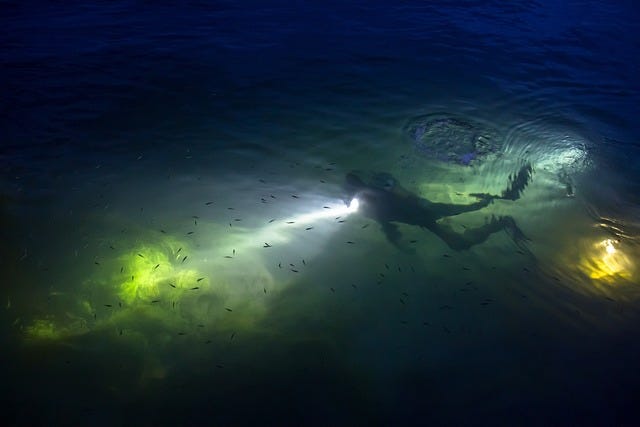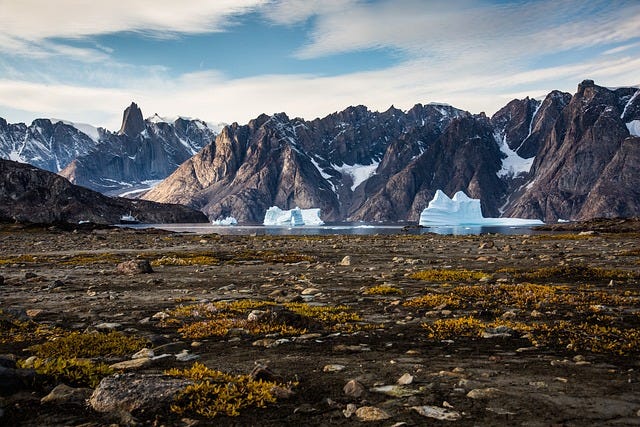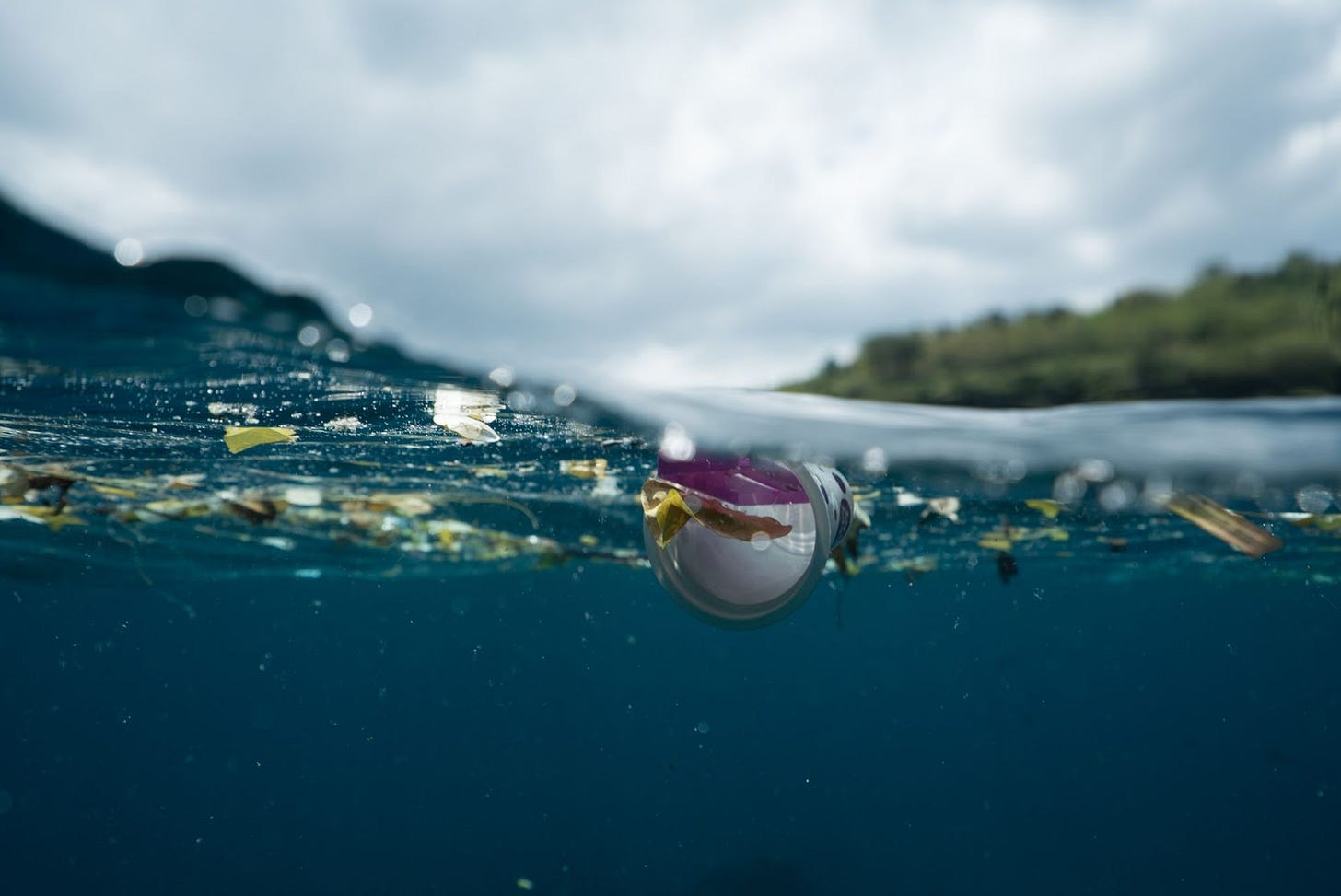The oceans are undergoing a striking transformation, turning increasingly verdant in hue. The culprit behind this shift? Human-induced global warming.
Climate change has led to the dire consequence of catastrophic flooding. As a result, pollutants like garbage, gas, oil, and various contaminants are blending into our local water sources. When our waters remain free from debris, they appear pristine and safe for both wildlife and humans. Conversely, when debris accumulates, the water becomes murky, brown, and hazardous. These alterations have not escaped the notice of divers who have reported subtle changes.
To gauge water safety, some divers employ a color-based categorization system, with “purple water” representing the epitome of cleanliness and being exceedingly rare. However, they more commonly encounter “yellow water” resulting from flooding. This obstructs visibility underwater, and divers often suffer from skin rashes and infections, due to water contamination.
A diver exploring underwater, from Pixabay.com.
Some of these conditions result from prolonged hurricane seasons, leading to water becoming extremely brown and extending the post-hurricane period of water peril.
As climate change rapidly reshapes our visual environment, providing indicators of its effects, it's important to note that these changes extend well beyond our waters, reaching all the way up to our tree leaves. Nighttime warming has dulled and slowed the chlorophyll degradation process. Satellite imagery now depicts a greener and browner Arctic, signaling vegetation deterioration and offering a comprehensive view of Earth’s climate change.
A melting Arctic from Pixabay.com
Another telltale sign is seen in our flowers, which have increased their ultraviolet pigments, serving as natural sunscreen against solar rays. This has a ripple effect, making these flowers less appealing to pollinators. Additionally, dissolved organic matter is saturating our oceans, turning them greener and fostering a microbial community transformation.
Some lakes no longer freeze over in winter, leaving them green and brown during extended hot summer months. Local fishermen were the first to notice these changes and have provided valuable insights into day-to-day shifts.
Ultimately, when people witness the direct impact on their communities, they are more inclined to advocate for change.
Trash in the ocean showcasing the effects of pollution, from Pixabay.com.
However there is a plus side, as greener waters result in increased phytoplankton, marine algae crucial for photosynthesis. These phytoplankton form the foundational fuel for zooplankton and smaller fish, which, in turn, sustain larger fish and marine mammals. Phytoplankton play a pivotal role in combating the climate crisis because they help absorb 30% of our carbon dioxide through photosynthesis.
Climate change is responsible for our greener waters, but the exact mechanisms driving these oceanic shifts remain a mystery. While sea surface temperatures have increased, the areas exhibiting color changes do not always align with these temperature variations. Scientists speculate that alterations in nutrient distribution due to temperature changes might be reducing mixing between ocean layers.
Approximately 56% of the world’s oceans are undergoing color shifts, primarily in lower latitudes, subtropical, and tropical regions. More extensive scientific research is needed to uncover concrete answers, but the visual evidence aligns with theories about the steady warming of our planet.
In light of these environmental changes, what actions can we take? Whatever the decision may be, it's crucial to remember that addressing these changing colors necessitates a comprehensive, multi-faceted approach involving individuals, communities, governments, and international cooperation. To mitigate the impacts of climate change and protect our natural environment for future generations, the first step will always be awareness and advocation.
Floating garbage in the Ocean, from Pexel.com
Gupta, S. S. S., Gramling, C., & Schmidt, J. (2023, August 11). Nature’s changing colors makes climate change visible. Science News. https://www.sciencenews.org/article/nature-color-climate-change-visible
Harvey, C. (2023, July 13). Climate change is changing the color of the Ocean. Scientific American. https://www.scientificamerican.com/article/climate-change-is-changing-the-color-of-the-ocean/
Magazine, S. (2023, July 14). Climate change is shifting the color of Earth’s oceans. Smithsonian.com. https://www.smithsonianmag.com/smart-news/climate-change-is-shifting-the-color-of-earths-oceans-180982536/#:~:text=More%20than%20half%20of%20the,%2Dto%2Dyear%20variability%20alone











Great article, Alexus!
Nice informative article.